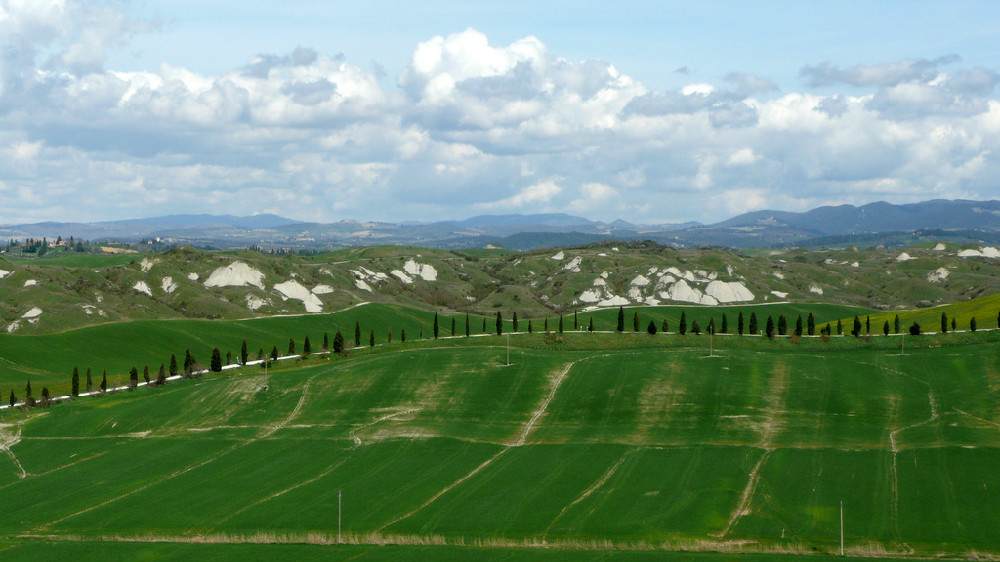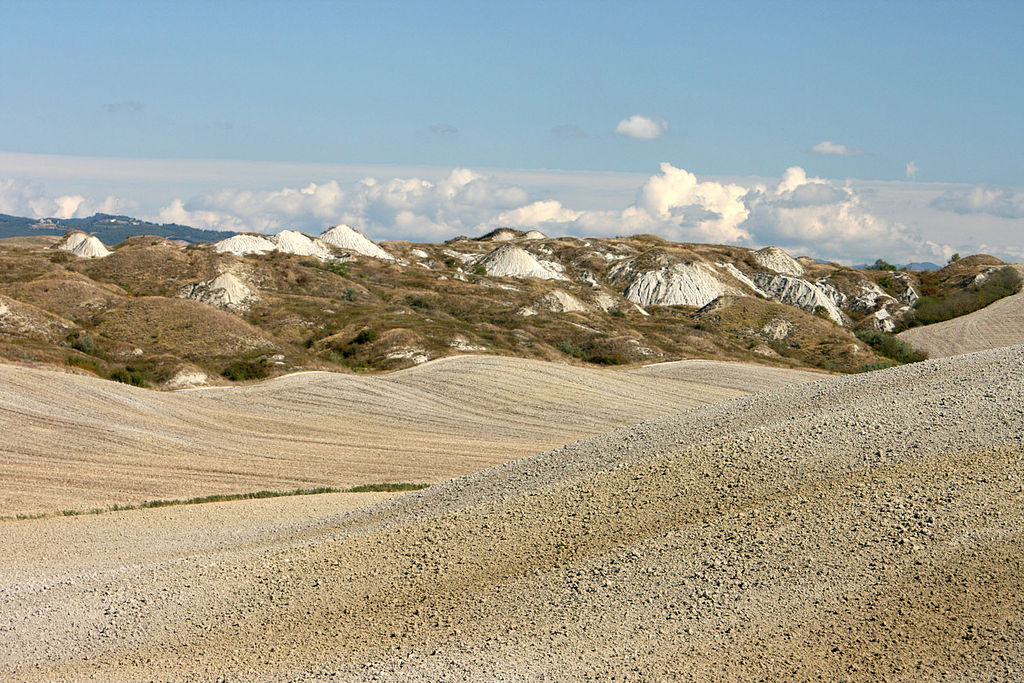The Lucciola Bella Nature Reserve, a green Paradise you should visit in Val d’Orcia
27 Dezember 2018
Located in Pienza’s surroundings, the ideal town built in the XV century by Pope Pius II who was born there, the Nature Reserve of Lucciola Bella offers a unique scenario to its visitors.
This area, in fact, is situated in Val d’Orcia, listed by UNESCO as World Heritage Site in 2004 for its value as an example of natural landscape redesigned in the Renaissance period, according to the ideals of good governance.
What you will see in Lucciola Bella Nature Reserve
This nature reserve, which owes its name to the homonymous farm that still dominates the clay hills, is one of the eleven nature reserves established by the Province of Siena to protect the environmental, naturalistic, historical and cultural value of these areas.

Credits: By Gianni D’Anna [CC BY-ND 2.0 (https://creativecommons.org/licenses/by-nd/2.0)], via Flickr
In particular, these hills are the result of the erosion of what was, once a million years ago, the backdrop of the Tyrrhenian Sea and, not surprisingly, in 2003, fossil remains of a marine mammal, the Stenella, were found in the reserve. This animal lived about 4,5 million years ago in this stretch of sea that today is mainland.
The erosion of the land has also led to the formation of “calanchi” (ravines) and “biancane” landforms that are typical of this nature reserve and the wider area of the nearby Accona Desert.
The calanchi are furrows in the clayey rocks due to the lack of protection of the land on which the vegetation is absent; the biancane are associated with highly dissected surfaces along a reticular system of small joints.

Credits: Gunther Tschuch [CC BY-SA 3.0 (https://creativecommons.org/licenses/by-sa/3.0)], da Wikimedia Commons
Enjoy the landscape and the flavors of the Nature Reserve
The Lucciola Bella farm, which overlooks the Reserve, is an amzing vantage point to admire the valley between the scent of brooms, artemisia cretaceous and Etruscan crespolina. Mount Cetona, from which the river Orcia is born, the Mount Amiata and the hamlets of Val d’Orcia.

Credits: www.instagram.com/sarahkb123/
The picturesque cypress-lined road leading to the farm and connecting the Val d’Orcia to Chianciano is the most photographed in Italy.
Finally, you definitely should taste the typical products of this part of the province of Siena: the PDO pecorino di Pienza, the diamond of the Crete, or the white truffle that is born in these clay soils and that is a Sienese excellence together with DOC and DOCG wine production and extra-virgin olive oil. These are the inevitable combinations while you go to the discovery of a truly unique territory.
Credits preview photo: By Steven dosRemedios [CC BY-ND 2.0 (https://creativecommons.org/licenses/by-nd/2.0)], via Flickr.

Credits: https://www.facebook.com/MostraMercatoTartufoBiancoSanGiovanniDAsso/


